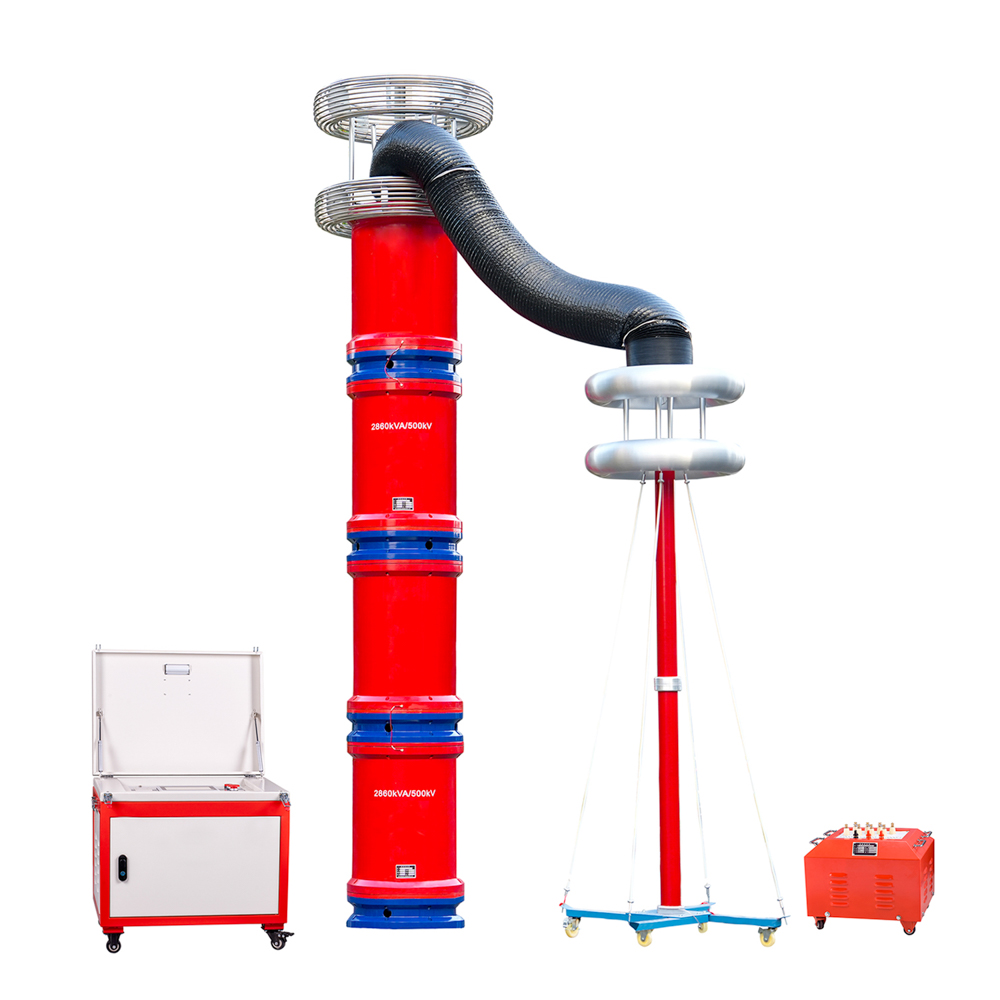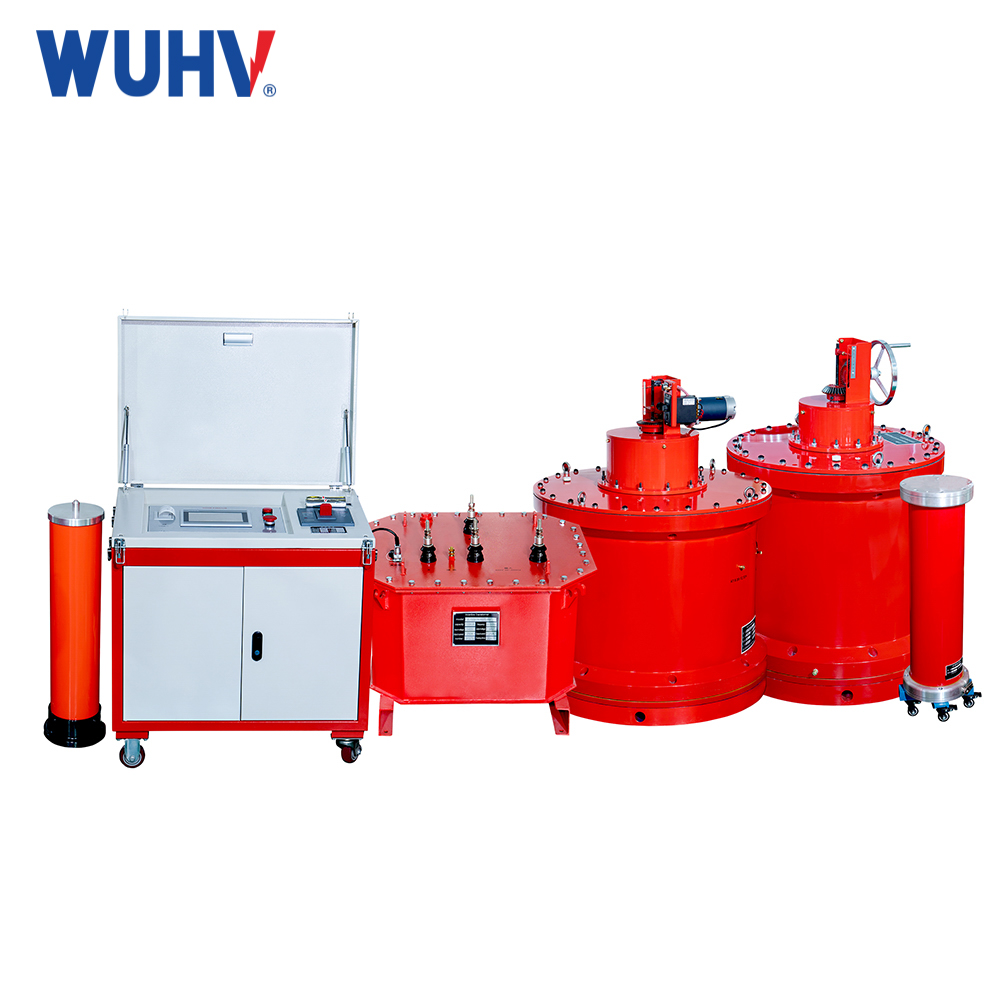시리즈 공명초고압 전력을 사용하면 많은 전력 작업자가 다양한 전력 테스트를 더욱 편리하게 수행할 수 있습니다.

The application range of variable frequency series resonant reactance instruments is very wide, and there are many types of products on the market. Many customers do not know how to choose. In fact, the selection of reactance instruments is not complicated. We only need to grasp the key points of selection, and we can quickly choose the suitable and desirable reactance instrument.
Choosing a variable frequency series resonant reactance instrument requires selecting from three elements, namely current flow value, voltage drop value, and inductance value. These three values are important criteria for us to choose products.
The first factor is to choose a fixed AC current value, which focuses on heat generation. The long-term operating current value of the reactance instrument should be set from this aspect, and sufficient high harmonic component values should be considered. The actual current flowing through the output reactance instrument is the output current value of the variable frequency instrument motor loading.
The second factor is the voltage drop value, which mainly refers to the actual voltage drop value on both sides of the reactance instrument coil when the voltage reaches 50 Hz, corresponding to the actual rated current. The usually selected voltage drop value range is around 4 volts to 8 volts.
The third factor is the corresponding fixed current inductance value. The rated inductance quantity of the variable frequency series resonant reactance instrument is a very important parameter. If the inductance value is not appropriate, it will directly affect the voltage drop value under the fixed current, thus causing serious faults. The inductance value mainly depends on the cross-sectional area of the reactance instrument core and the number of turns of the coil. The inductance value can be adjusted through simple air hole gap adjustment to determine the actual inductance value.



















